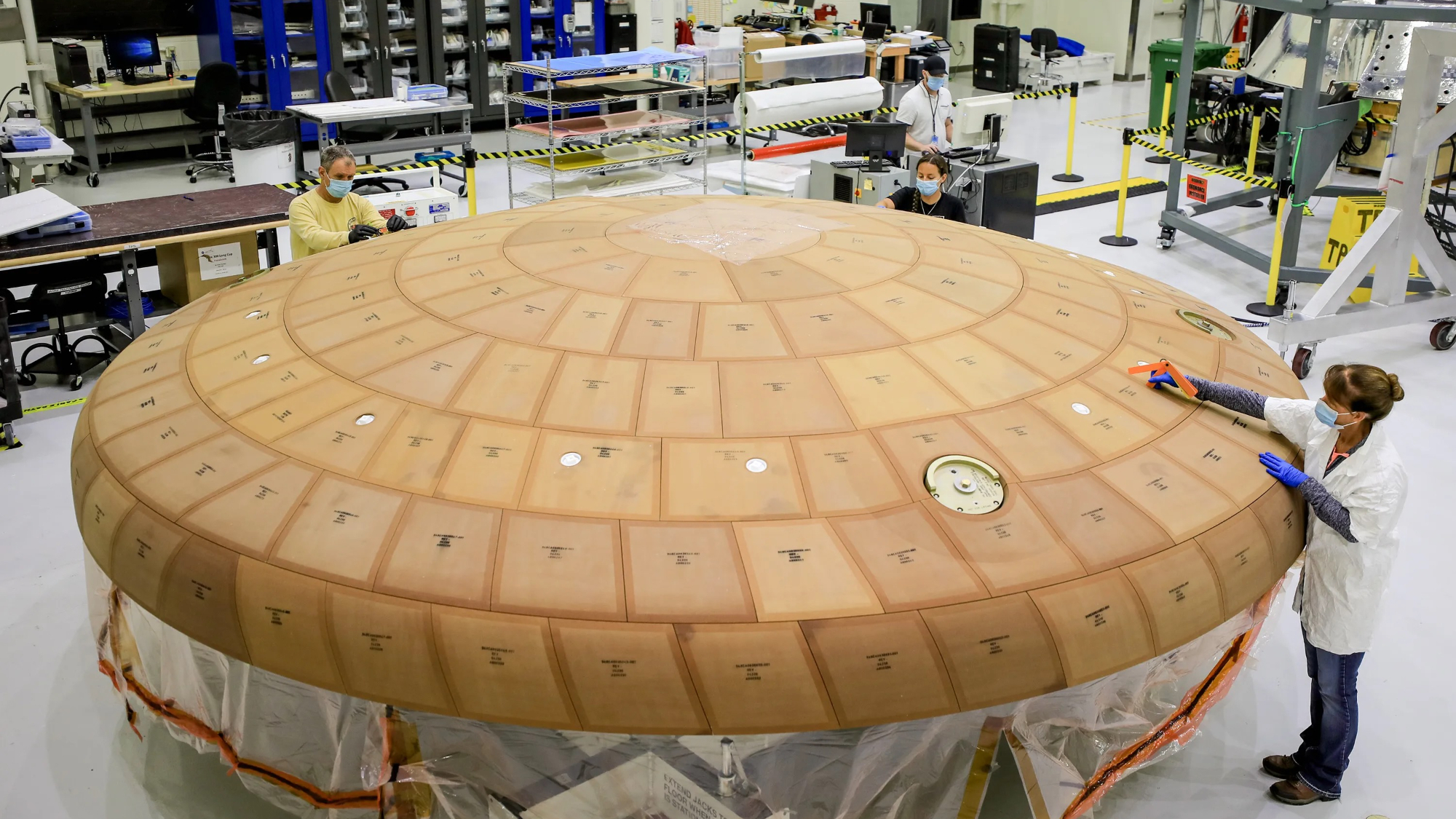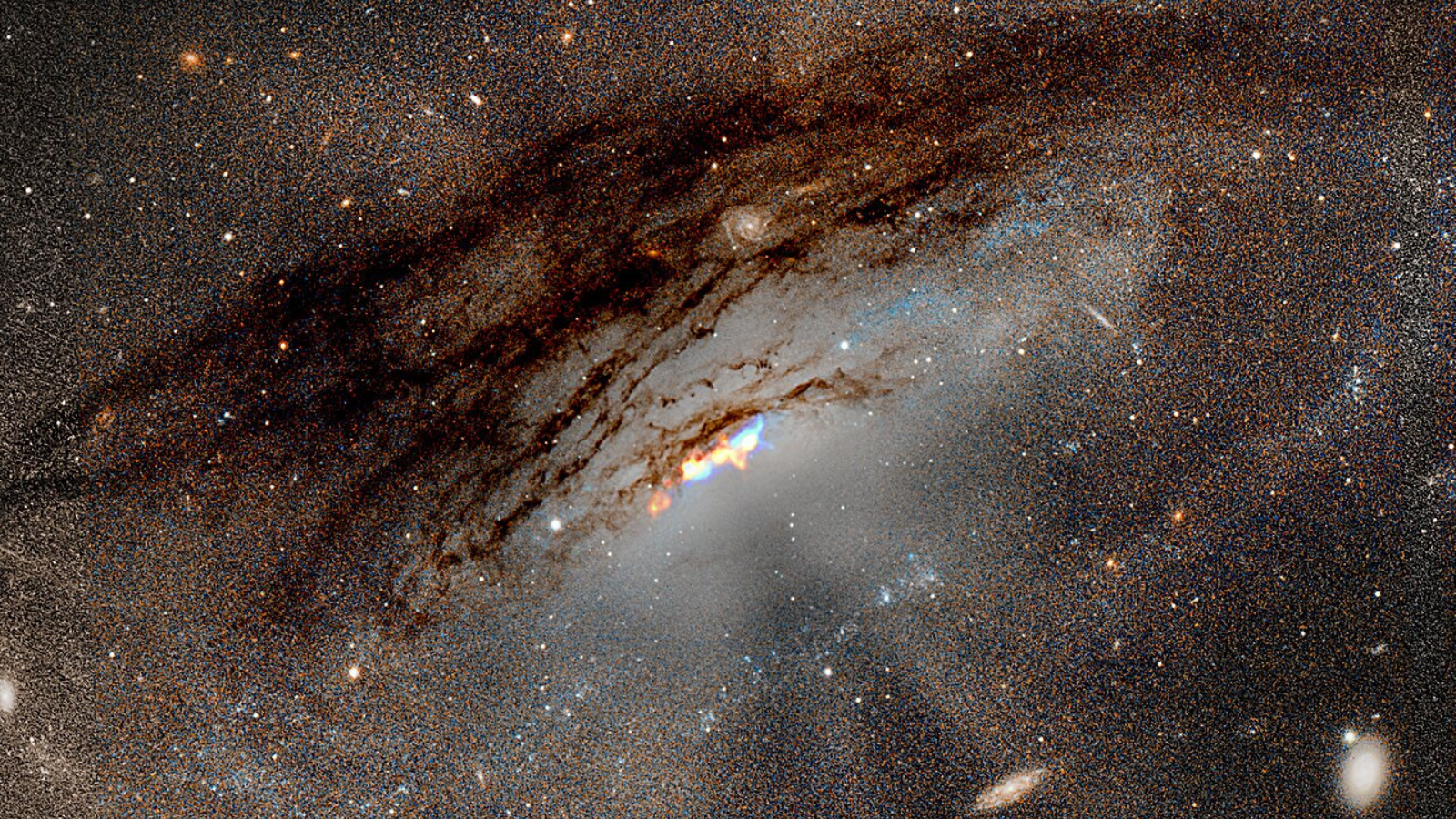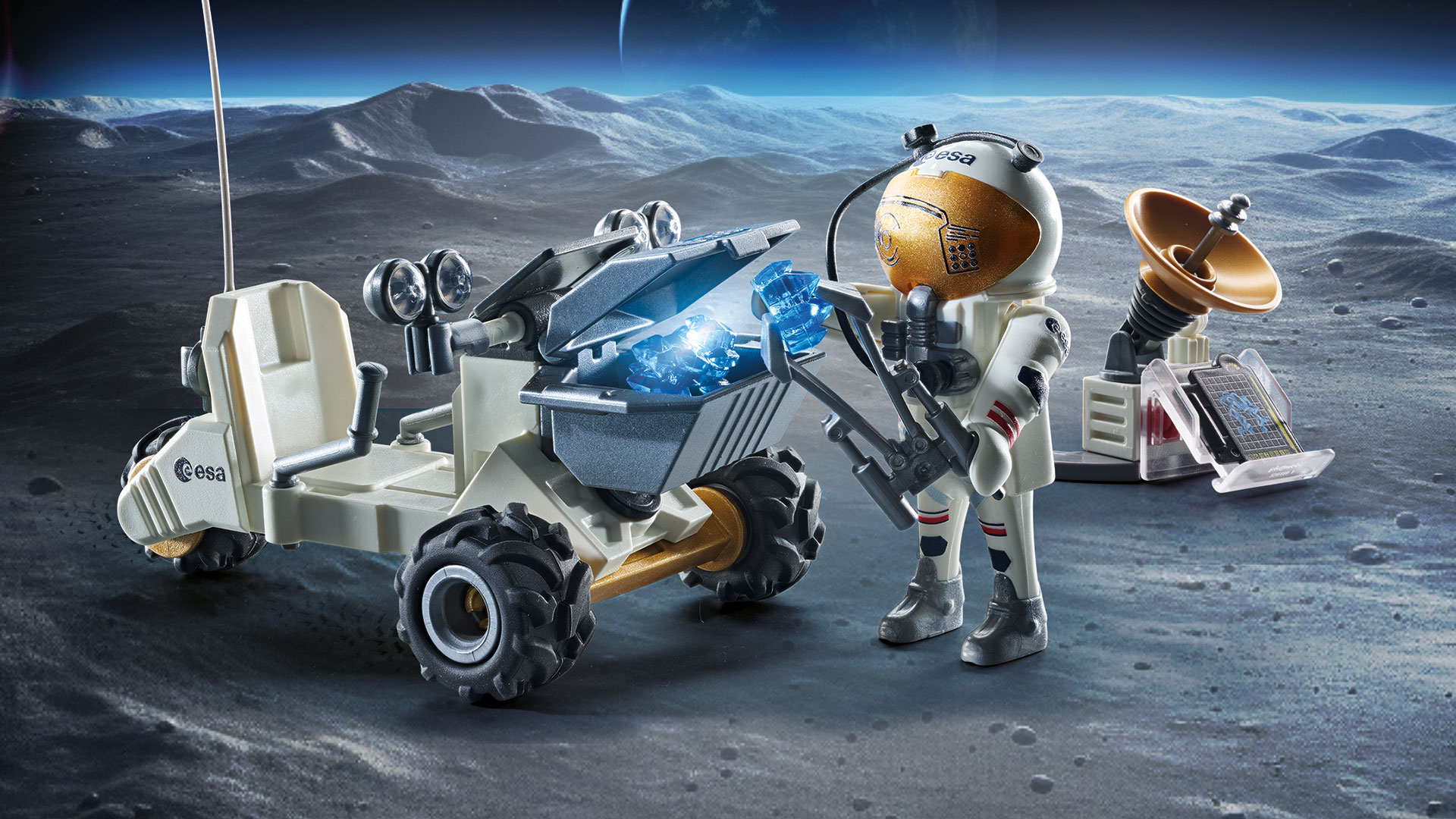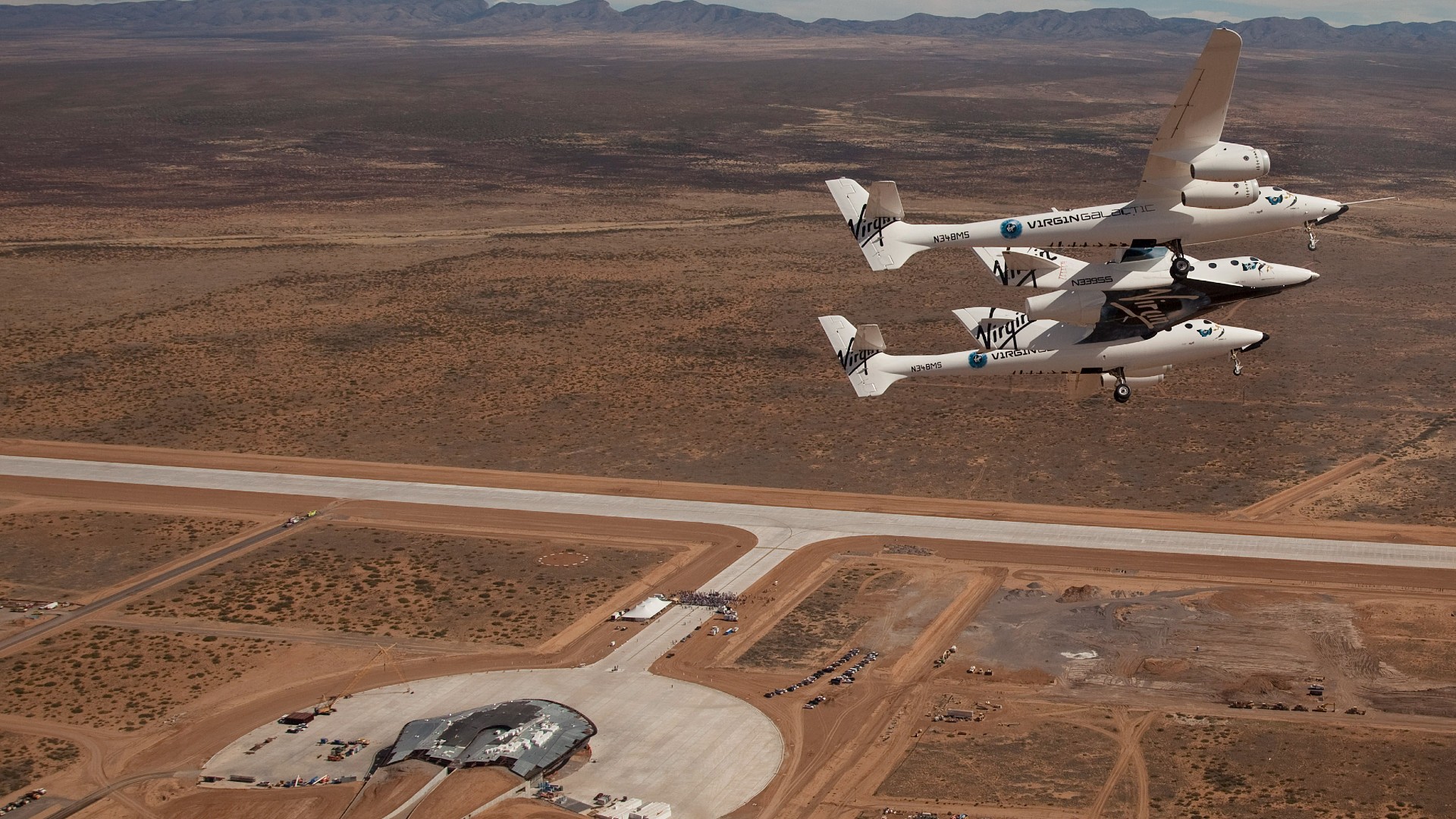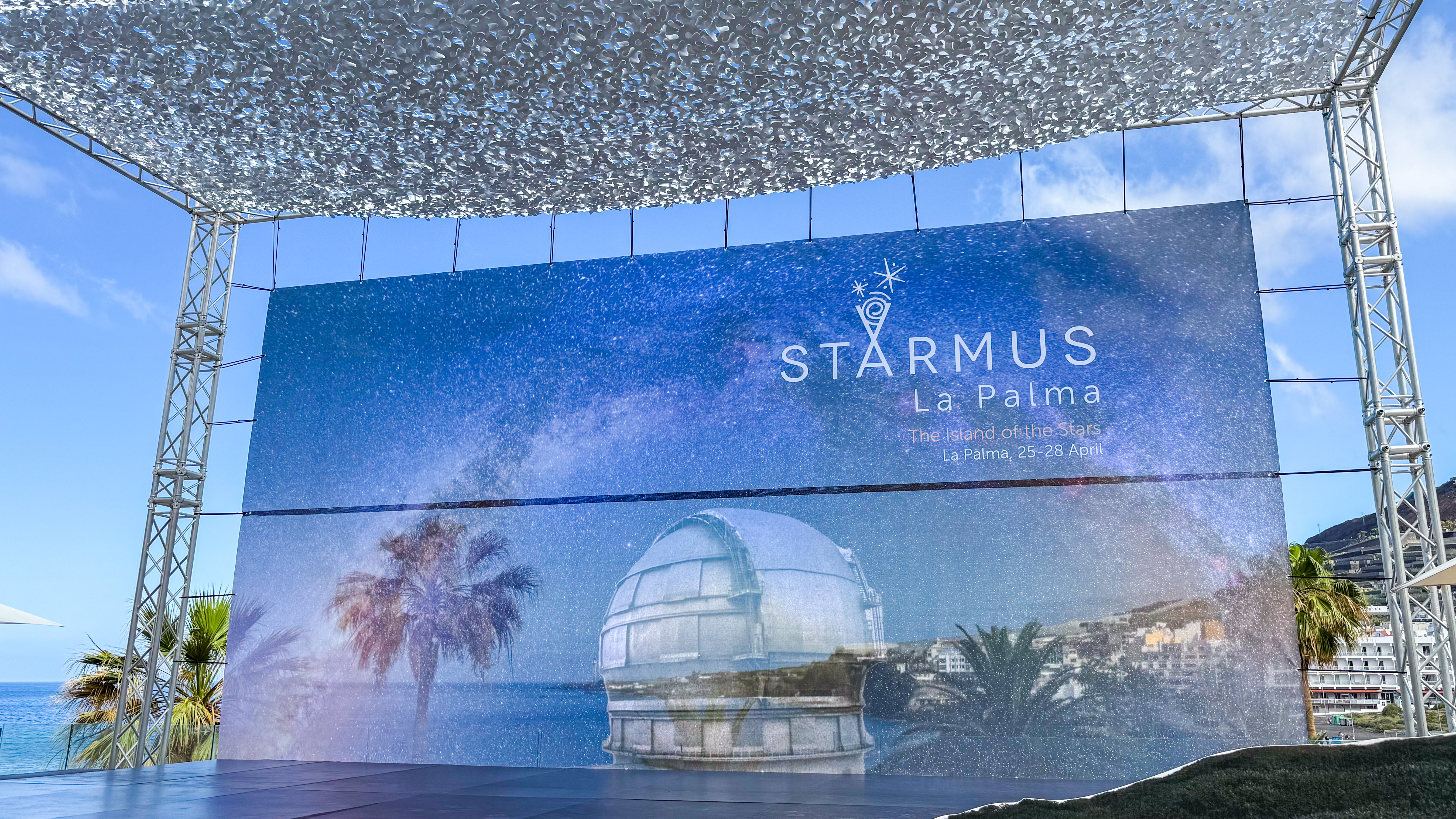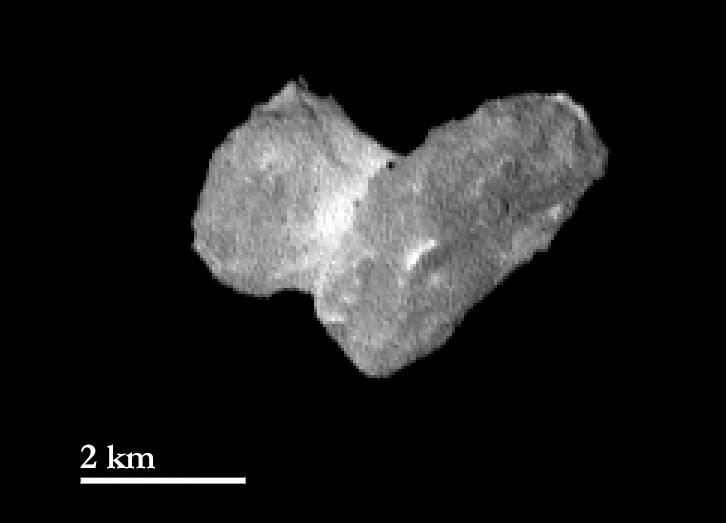
After a 10-year, 4-billion-mile journey through deep space, a European probe will finally arrive at its comet destination this week.
The European Space Agency's Rosetta spacecraft is scheduled to rendezvous with Comet 67P/Churyumov-Gerasimenko on Wednesday (Aug. 6). If all goes according to plan, Rosetta will on that day become the first probe ever to orbit a comet — and, in November, the first to drop a lander onto the surface of one of these icy wanderers.
"For the first time, we will rendezvous with a comet, for the first time we will escort a comet as it passes through its closet approach to the sun and — the cherry on the top — for the first time, we will deploy a lander," Rosetta project scientist Matt Taylor told Space.com via email. "The rendezvous is therefore a key milestone in the mission." [Europe's Rosetta Comet Mission in Pictures]

A long wait
The 1.3-billion-euro ($1.75 billion at current exchange rates) Rosetta mission blasted off in March 2004, kicking off a long and circuitous journey through the solar system. The probe has swung around the sun five times and zoomed past Earth on three separate speed-boosting flybys, European Space Agency (ESA) officials said.
The probe was asleep during a decent chunk of its decade-long trip; mission team members woke Rosetta up in January to prepare for the upcoming rendezvous, ending a record-setting 957 days of hibernation.
Rosetta is homing in on the 2.5-mile-wide (4 kilometers) Comet 67P/Churyumov-Gerasimenko, which takes about 6.5 years to complete one lap around the sun. The comet's elliptical orbit takes it beyond Jupiter at its farthest point from the sun and between Mars and Earth at its closest point.
Get the Space.com Newsletter
Breaking space news, the latest updates on rocket launches, skywatching events and more!
The rendezvous operation actually consists of 10 different maneuvers, which began in early May and will conclude with a final engine burn on Wednesday. These moves will end up slowing Rosetta's speed relative to 67P from 1,790 mph (2,880 km/h) at the end of the probe's hibernation to 2 mph (3 km/h) — walking speed — at the time of orbital insertion, Taylor said.
"It is challenging; it's never been done before," Taylor said. "Other [comet] missions have been flybys at high speed and about 100 kilometers or more distance."
Learning about comets
Rosetta will provide some more deep-space drama in November, when the mother ship drops a lander called Philae onto the surface of 67P. Philae will drill into the comet to take samples and capture images from the surface of the body, ESA officials said.
The Rosetta mothership and Philae will tag along with 67P as it approaches and then swings around the sun, noting how the cometchanges during the trip. The duo's observations should reveal a great deal about comet composition, which in turn should help researchers better understand solar system evolution, mission officials have said. (Comets are primitive and relatively pristine building blocks left over from the solar system's formation.)
Taylor and other mission team members are very much looking forward to this "escort phase," which is slated to run from Wednesday through the end of the nominal mission in December 2015.
"All the time we are looking, and sniffing the comet, and with the lander (over a shorter time period) scratching and sniffing," Taylor said. "All this will provide us with an unprecedented view of a comet, its nucleus and coma and how this all works!"
Follow Mike Wall on Twitter @michaeldwall and Google+. Follow us @Spacedotcom, Facebook or Google+. Originally published on Space.com.
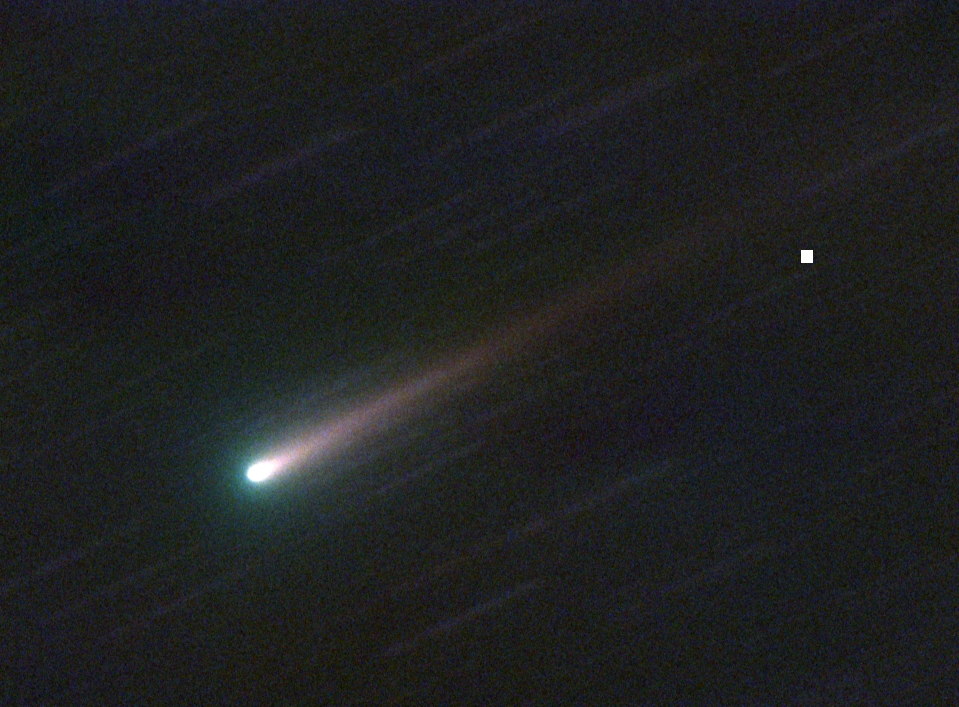
Join our Space Forums to keep talking space on the latest missions, night sky and more! And if you have a news tip, correction or comment, let us know at: community@space.com.

Michael Wall is a Senior Space Writer with Space.com and joined the team in 2010. He primarily covers exoplanets, spaceflight and military space, but has been known to dabble in the space art beat. His book about the search for alien life, "Out There," was published on Nov. 13, 2018. Before becoming a science writer, Michael worked as a herpetologist and wildlife biologist. He has a Ph.D. in evolutionary biology from the University of Sydney, Australia, a bachelor's degree from the University of Arizona, and a graduate certificate in science writing from the University of California, Santa Cruz. To find out what his latest project is, you can follow Michael on Twitter.


